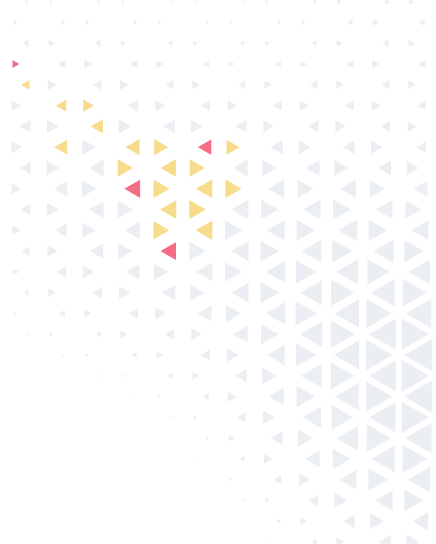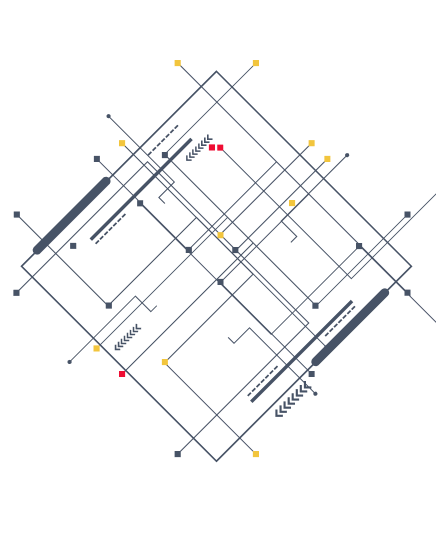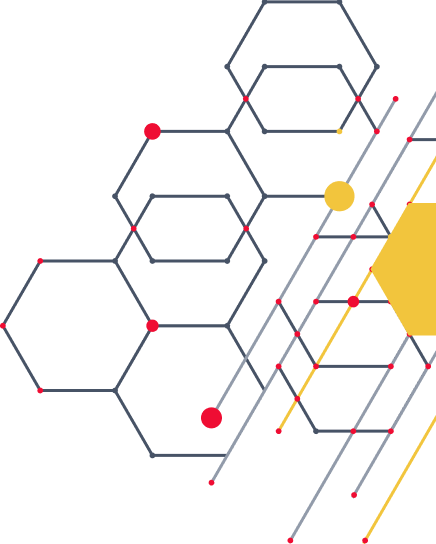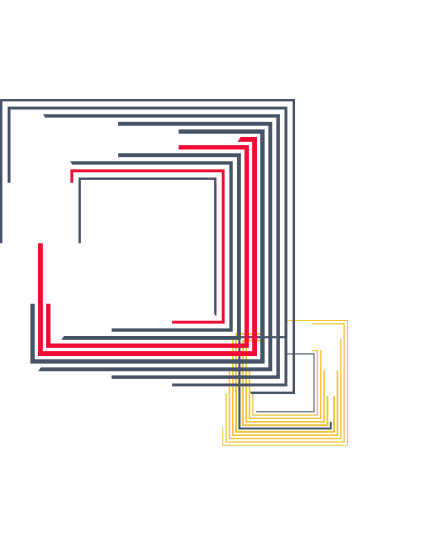In 2020, there were more than 2.3 million new cases of breast cancer and 685,000 related deaths worldwide. Incidence rates vary significantly across regions, ranging from fewer than 40 cases per 100,000 women in some Asian and African countries to over 80 cases per 100,000 in areas such as Australia/New Zealand, North America, and parts of Europe. By 2040, the global burden of breast cancer is projected to rise to over 3 million new cases and 1 million deaths annually, driven by population growth and aging.
When it comes to breast cancer, early detection is crucial to successful treatment and improved outcomes. Hence, medical experts are continually seeking innovative ways to enhance breast cancer screening methods, healthcare analytics solutions and detect the disease while the chances of recovery are still high. In recent years, artificial intelligence (AI) solutions, Machine Learning solutions and the integration of AI in radiology has shown promising results in various domains, including early cancer detection.
In this article, we’ll explore the rising influence of AI in detecting breast cancer, future of AI in radiology, examples of AI in radiology and its potential to improve breast cancer diagnosis and treatment.
Traditional approaches to breast cancer detection and the benefits of AI in radiology
For decades, mammography has been the gold standard for breast cancer screening. While it remains a valuable tool, it has a number of limitations. Firstly, mammography as a method is subjected to common mistakes, such as false positives and false negatives, which can lead to unnecessary anxiety and additional medical interventions. On the other hand, clinical breast exams, conducted by healthcare professionals, are subjective and may not always detect early-stage cancers. Biopsies, which are also used for cancer detection, although definitive, are invasive and resource-intensive, which makes them less ideal for large-scale screening.
In recent years, the application of patient management solutions and machine learning algorithms in healthcare has gained traction. AI’s ability to analyze vast amounts of data, learn from patterns, and make data-driven predictions has sparked interest in its potential to enhance breast cancer detection. By integrating AI in the radiology market, there is hope for more accurate, efficient, and cost-effective breast cancer screening. These benefits of AI in radiology show how AI can improve traditional approaches to detecting breast cancer.
How AI in radiology is enhancing mammography screening
AI-powered algorithms have demonstrated remarkable advancements in mammography screening. By training on large datasets of mammograms, AI in the radiology market can learn to identify subtle patterns associated with early-stage breast cancer. This results in improved accuracy and sensitivity rates, reducing the number of false negatives and missed diagnoses. Furthermore, AI’s integration with mammography can optimize radiologists’ workflow, enabling them to focus on more complex cases and reducing interpretation time.
A noteworthy example of AI in radiology and its impact on mammography is the project done by Google’s DeepMind and the Cancer Research UK Imperial Centre. Together, they developed an AI system that analyzed mammograms and outperformed human radiologists in accurately detecting breast cancer. The AI model demonstrated a significant reduction in false negatives, indicating its potential to catch cancer cases that might have otherwise been missed. This AI system also reduced the number of false positives, preventing anxiety in patients, as well as decreasing the number of unnecessary follow-up tests and biopsies for patients. Thus, clinics specializing in the detection of such diseases may pay attention to custom healthcare software development.
AI-powered clinical decision support systems
Clinical decision support systems powered by AI offer valuable insights for healthcare professionals. By analyzing patient data, family history, and risk factors, these systems can assist in risk assessment and develop personalized breast cancer screening plans. By leveraging AI alongside genomic and biomarker analysis, health professionals can better understand a patient’s individual risk profile and tailor preventive strategies accordingly.
For example, Merative (ex-IBM Watson Health) offers an AI-powered clinical decision support system (CDS). Their AI platform analyzes vast amounts of patient data, including electronic health records and medical literature, to provide clinicians with evidence-based treatment recommendations. In the context of breast cancer and the future of AI in radiology, AI can analyze a patient’s genetic information, lifestyle factors, and family history to assess their risk of developing breast cancer. This data-driven approach enables healthcare professionals to offer personalized screening plans and preventive strategies, optimizing patient outcomes.
The developers behind the Watson Health product claim that the clinical decision support system makes sure clinicians are able to overcome the challenges of finding, trusting and effectively sharing information. This doesn’t only improve the process of detecting breast cancer, but also restores the connection between patients and providers, freeing up more time for health professionals to be with the patients.
DL-driven image analysis
Deep Learning (DL) is a part of AI that uses advanced neural networks with many layers to find detailed patterns in big sets of data. These patterns are more complex than what a radiologist could find. DL models are applied in computer-aided detection and diagnosis (CAD), image segmentation, and image generation, all of which are used for breast cancer detection. By assisting radiologists in interpreting mammograms, CAD systems can help identify suspicious areas that might have been overlooked. The AI in radiology analyzes mammograms, highlighting regions of interest that may require further evaluation, and then the radiologists know which areas to pay closer attention to.
AI-driven image analysis has expanded beyond mammography, with ongoing research exploring its potential to improve the accuracy of breast cancer detection in other imaging modalities, such as magnetic resonance imaging (MRI) and ultrasound.
AI’s role in predictive analytics and prognosis
AI’s capabilities extend beyond early detection; it also plays a significant role in predicting the occurrence of breast cancer in a population and in individual cases.
Machine Learning (ML) models predict the occurrence of “spontaneous” breast cancer (susceptibility prediction), make forecasts for those who already suffer from breast cancer (survival prediction), and predict the likelihood of relapse (recurrence prediction).
Some studies have now shown that AI-models outperform standard risk models for predicting breast cancer. The integration of artificial intelligence (AI) into breast cancer screening workflows offers a potential solution to several challenges faced by screening programs. Retrospective studies demonstrate that AI achieves accuracy comparable to, and sometimes exceeding, that of radiologists. This highlights its potential to assist radiologists in interpreting mammograms by enhancing the detection of subtle abnormalities that may escape human observation and by reducing their workload. Additionally, growing evidence shows that AI can identify 20–40% of interval cancers that were visible or suspected on prior screening mammograms but overlooked by radiologists.
By identifying high-risk patients early on, clinicians can implement preventive measures and develop personalized treatment plans tailored to each patient’s unique needs.
Current limitations and ethical considerations
As AI software development and its integration in healthcare accelerate, it is essential to address ethical and regulatory considerations. Data privacy and security must be upheld, ensuring patient information remains confidential and protected from potential breaches. Bias in AI algorithms must be carefully addressed to avoid any disparities in healthcare access and outcomes. While AI shows tremendous promise, it should be considered a valuable tool alongside human expertise, requiring human oversight to ensure accurate and responsible decision-making.
There are also down-to-earth challenges that need to be addressed—technical limitations, such as the need for vast and diverse datasets, impact AI’s performance. Further research is necessary to overcome these challenges and refine AI algorithms for even greater accuracy and efficiency. It is essential to validate AI models and algorithms through rigorous clinical trials. As researchers and clinicians collaborate to address these challenges, the future prospects of AI and mHealth app development in detecting breast cancer remain promising.
The Future of AI in Radiology
-
Multi-Modal AI Systems
Multi-modal AI integrates diverse data sources like medical images, clinical notes, and genetic information for precise diagnoses. For instance, combining MRI scans with electronic health records helps identify early-stage diseases. Future efforts will focus on improving interoperability and adaptability across healthcare settings.
-
Federated Learning
Federated learning allows AI models to train on distributed data across institutions without compromising privacy. It fosters collaboration for rare disease research and minimizes dataset biases. Advancements will improve communication efficiency and model performance while maintaining data security.
-
Real-Time Imaging Analysis
The future of AI in radiology involves real-time imaging analysis, where AI algorithms can instantly process and interpret medical images during patient exams. This technology will allow radiologists to make faster, more accurate diagnoses, improve workflow efficiency, and enhance patient outcomes by identifying abnormalities earlier.

Conclusion
The integration of AI in breast cancer detection marks an exciting era in healthcare. With its ability to enhance mammography screening, support clinical decision-making, analyze medical images, and predict patient outcomes, AI is proving to be a transformative force in breast cancer diagnosis and management. Additionally, exploring AI’s potential in other aspects of breast cancer management, such as treatment planning and post-treatment monitoring, could significantly impact patient care.
A collaborative future, where AI complements the expertise of healthcare professionals, offers a hopeful outlook for conquering breast cancer and improving the lives of millions of women around the world. As AI-driven technologies evolve, the fight against breast cancer enters a new era of personalized and data-driven healthcare.
FAQ
What is AI in radiology?
AI is transforming radiology by enhancing diagnostics, streamlining workflows, and improving patient care. Key technologies driving this change include multi-modal AI systems, federated learning, and real-time imaging analysis.
What are the benefits of AI in radiology?
AI in radiology enhances diagnostic accuracy, streamlines workflows, and improves patient care. It detects diseases early, prioritizes critical cases, and integrates diverse data for comprehensive insights.
What diseases can AI detect in medical imaging?
AI detects diseases like cancer (e.g., breast, lung), neurological disorders (stroke, Alzheimer\u2019s), cardiovascular issues (coronary artery disease), pulmonary conditions (COVID-19, pneumonia), musculoskeletal problems (fractures, arthritis), diabetic retinopathy, and infections (tuberculosis).









